
On your way up to the slopes of Mt. Parnassos and the archaeological site of Delphi, about 13 km before the town of Aráhova, leave the main road and turn towards the village of Distomο and Stýri. Keep driving for about 9 km and the road will bring you to one of the most impressive monuments in the Mediterranean Sea: the monastery of Òssios Loukás.
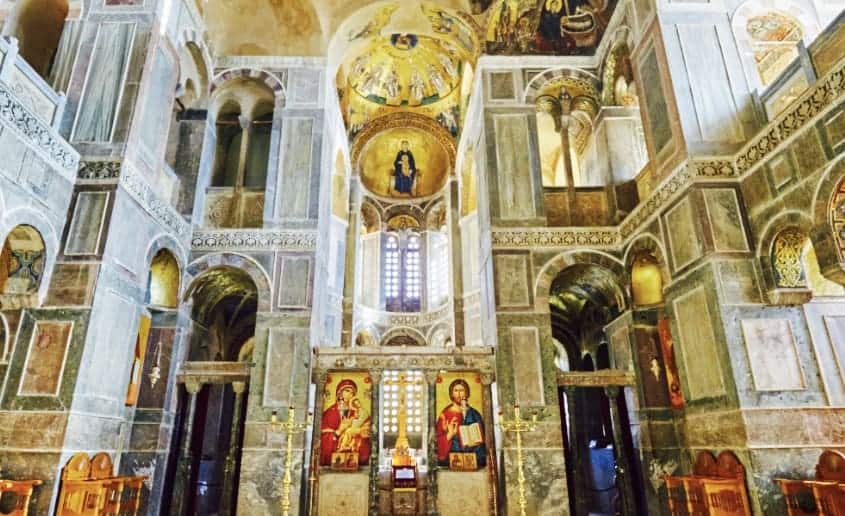
One of the best preserved byzantine monasteries in Greece, located near the village of Distomo on the hills of Helicon mountain, it has survived many generations since its foundation by the hermit Agios Loukas in 953 A.D. Apart from being among the few monasteries that survived more than 1000 years, the architecture of the monastery as well as its frescoes are unique. It is by far, a magical journey into history and in times where art and culture flourished.
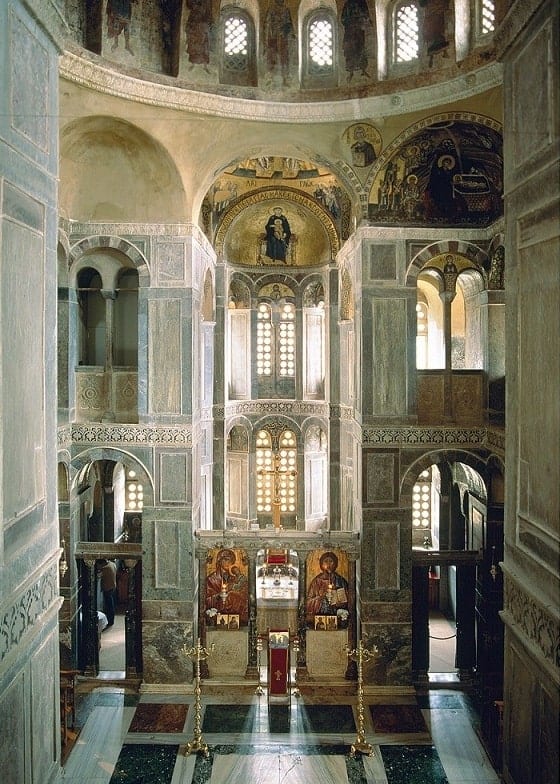
A triumph of Byzantine art and architecture, it is no surprise that this church is a UNESCO World Heritage site. Decorated with a combination of mosaics and frescoes, following the death of the holy hermit Lukas the Stiriote, a church was constructed in the late 10th century on Mt. Helicon to house his relics. Later in the early 11th century, an immense Byzantine-style square cathedral was constructed adjoining the Church of Holy Luke and was used to support the growing religious community and pilgrims there. The cathedral has a massive central dome which rests on 8 hemi-circular vaults and thick piers.
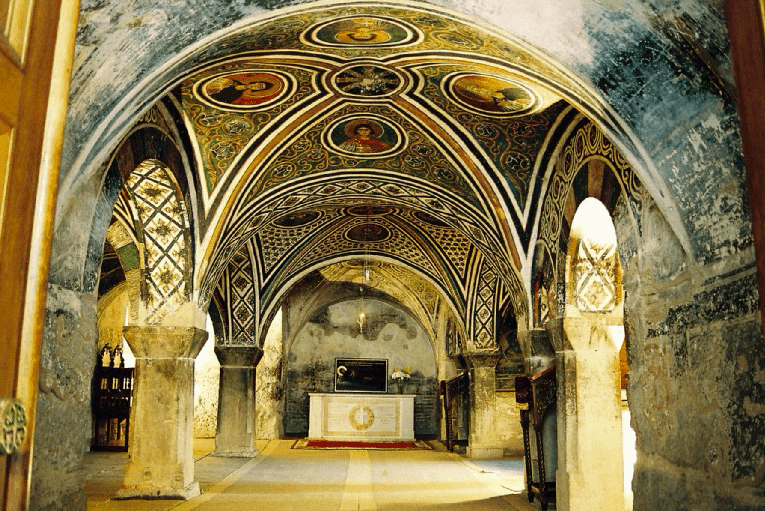
Agios Lukas, whose relics are kept in the monastery to this day was a hermit and should not be mistaken for Agios Lukas the Evangelist of the Gospel of Saint Luke, but a hermit who died on 7 February 953 and was famous for having predicted the conquest of Crete by Emperor Romanos.
It is believed that it was during the latter's reign (959-963) that the monastery's Church of the Theotokos (Panagia) was constructed.
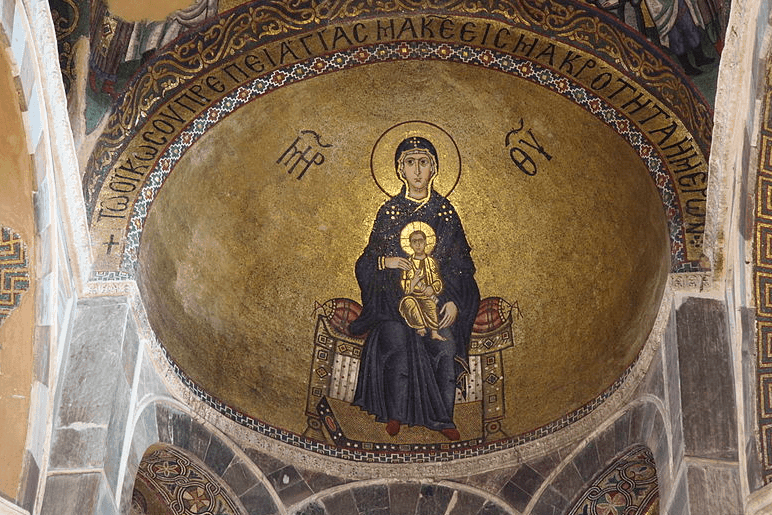
The main shrine of the monastery is the tomb of Agios Lukas, originally situated in the vault, but later placed at the juncture of the two churches. Agios Lukas relics are said to have exuded myron, an oil which produced healing miracles. Pilgrims hoping for miraculous help were encouraged to sleep by the side of the tomb in order to be healed. The mosaics around the tomb represent not only Agios Lukas himself, but also hegumen hilotheos offering a likeness of the newly built church to the saint.
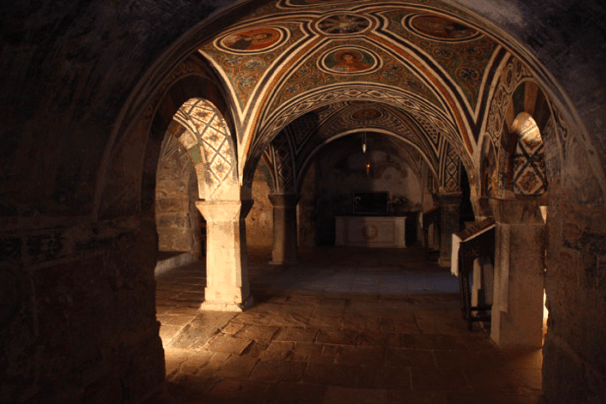
Byzantine monasteries like this are built in sites characterised by amazing natural beauty and the churches here feature multicoloured marble revetments, while the ceilings are illuminated by the mosaics with the golden background (11th century AD). The scenes are religious, chosen and designed according to the strict rules followed by the artists until nowadays.

